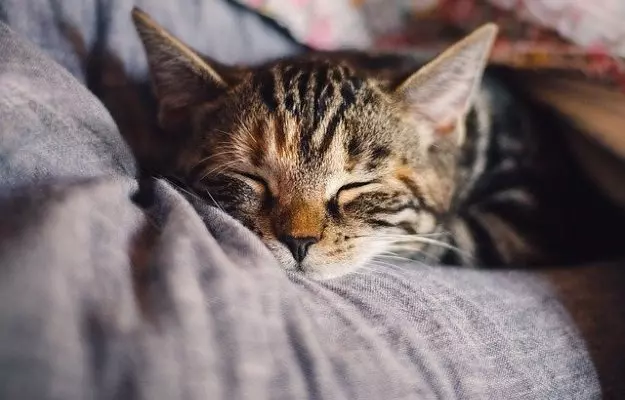One of the most recognizable behaviours of cats is purring. Even to the uninitiated, it is a soothing and mysterious sound that seems to come from deep within them. Cats are likely to purr on seeing you after a long day when you pet and tickle them in places they appreciate; it is a welcome end to the day.
Purring is such an interesting and distinguishing behaviour that cats are classified on the basis of purrers and non-purrers. Hence, the big cats such as tigers, lions and leopards comprise the subfamily Pantherinae, or the ones that can roar. Household cats make up the subfamily Felidae and can purr. Interestingly, some large cats such as bobcats and cheetahs can purr, too.
Even though purring is a well documented and distinct behaviour, it was not known for a long time how cats purr. Further, cats don’t just purr when they’re happy or expressing content. Purring is a form of communication used to convey a range of emotions and address different situations. It turns out that cats also purr when they’re scared, when they’re exploring new areas, when they’re hungry, kittens purr to help their mothers locate them and some cats also purr as they die.
A surge of new research has shed light on the anatomy of what leads to a purr and some astonishing therapeutic effects of purring. Further, the frequencies involved with purring also have a role in strengthening bones. Compellingly, some therapeutic benefits of purring may not be limited to the felines and may benefit their owners as well. No wonder then that purring is a soothing sound that cat owners cherish.














